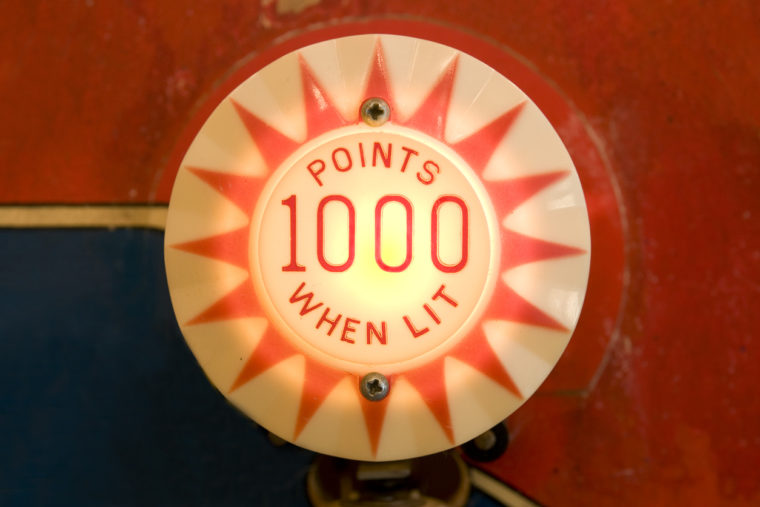
Pinball machines have captured the hearts and minds of players for decades, combining skill, luck, and excitement in one electrifying game. Originating in the late 18th century, pinball has evolved substantially over time, from mechanical games to the digital marvels we see today. At the Roanoke Pinball Museum, the public can delve into the thrilling history of pinball machines, exploring their humble beginnings and captivating journey through the years.
The Birth of a Classic Game
The roots of pinball can be traced back to the 1700s, when French and English table games involving rolling balls were popular. However, the term “pinball” was only coined in the late 19th century when the first modern version of the game appeared. In the 1870s, the plunger mechanism was introduced, allowing players to launch a ball onto the playing field, beginning the game’s transformation into the pinball we know today.
The Coin-Operated Era
The early 1930s marked a significant turning point for pinball machines when coin-operated machines were introduced. Inventors like David Gottlieb and Harry Williams revolutionized pinball by incorporating mechanical elements like flippers, bumpers, and ramps. These innovations added an element of skill to the game, capturing the attention of players worldwide and sparking further technological advancements.
The Flipping Flipper Era
The introduction of flippers in 1947 by Gottlieb’s Humpty Dumpty machine forever changed the dynamics of pinball. It transformed the game from a game of mere chance to one where players could actively control the ball’s trajectory, aiming for higher scores and providing an element of strategy. The flipper revolution opened up new possibilities, sparking a wave of creativity in pinball design and gameplay.
The Digital Delight
As technology progressed, the mechanical elements of pinball slowly gave way to electronic innovations. By the 1970s, digital displays and sound effects began appearing in pinball machines, elevating the player’s experience. Companies like Bally, Williams Electronics, and Stern Pinball dominated the industry during this era, producing iconic machines that are greatly treasured by collectors and enthusiasts to this day.
The Downturn and Resurgence
The 1990s witnessed a decline in pinball’s popularity due to the rise of video games and consoles. Many manufacturers ceased production, leaving pinball to become a niche hobby. However, pinball never truly faded away. The passion of avid collectors and dedicated manufacturers ensured its survival. With the advent of the 21st century, pinball has experienced a remarkable resurgence, attracting new players and inspiring a fresh wave of innovation in machine design.
The Pinball Renaissance
Today, pinball machines have come a long way since their inception. Cutting-edge technology has transformed these games into immersive experiences, with detailed artwork, dazzling LED displays, and intricate rule sets. Modern pinball machines are often based on cultural phenomena like popular movies, TV shows, or comic books.
You Might Also Like: Learn About The Animals Of Mill Mountain Zoo
A Timeless Classic
Pinball machines have endured tumultuous times but have never lost their allure. From humble beginnings with rolling balls to the incorporation of flippers and electronic systems, and now even through the integration of video games and gaming systems, pinball continues to captivate players of all ages. Flipping through the pages of pinball history, it’s easy to appreciate the innovation, creativity, and passion that have kept this timeless game alive and thriving. When you’re looking for a car, truck, or SUV that marries passion, innovation, and reliability in a timelessly classic way, come see us at Berglund Cars, where we can help you find just the right vehicle for you and your needs.
Disclaimer: The stock image is being used for illustrative purposes only, and it is not a direct representation of the business, recipe, or activity listed. Any person depicted in the stock image is a model.
